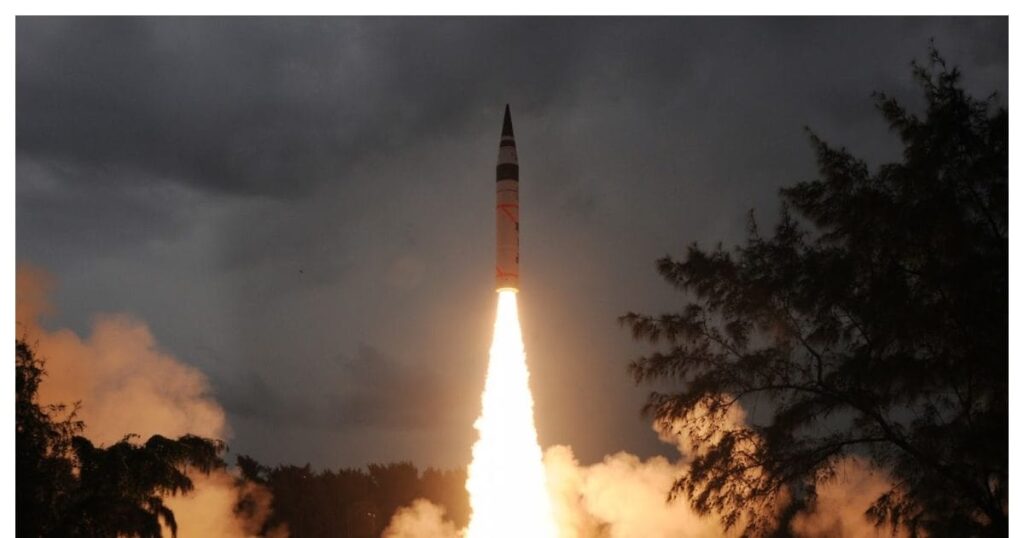New Delhi. In the last few years, India has prepared a strong defense structure and has been continuously improving its defense capabilities, especially its missile portfolio. The country spends a large part of its annual budget on defense. According to PIB, an allocation of Rs 6.81 lakh crore has been made for 2025-26. Out of this, Rs 1,48,722.80 crore has been kept for capital acquisition, which will cover the purchase of weapons and missiles, while Rs 31,277.20 crore has been set for research and development (R&D) and defense structure.
The country has developed a variety of missiles due to its strategy, attention and investment, which meet different needs. From short distance strategic missiles to long-range intercontinental ballistic missiles (ICBMS), each one has different use and purpose in defense. With these new techniques of India, enemies will now be forced to think many times. The types and techniques of the missiles that India are currently using or developing are as follows:
Short-range tactical missiles
India has many short-range tactical missiles, including Prithvi-I and Prithvi-II. According to the TOI report, these are nuclear capable missiles, whose range is 150 km and 350 km respectively. Apart from this, there is also a strike, which is about 150 km of range and is capable of reacting rapidly. The country also has a catastrophe, which has up to 500 km and it bridges the gap between short-range and medium-range systems. Along with this, there is valor, which is a nuclear capebal hypersonic missile and its range is 700 km. This missile provides rapid deployment and high accuracy.
Surface -to -air missiles (sams)
These missiles are known for dealing with air threats such as aircraft, drones and missiles. The country has a medium -range missile named ‘Akash’, which can target many goals at a distance of up to 25 km. The country also has QRSAM, which can be rapidly deployed for the protection of high -value military properties and its range is 30 km. According to Naval News, VL-SRSAM is also an important part of the country’s defense. It is a ship-based system with a range of about 80 km and it provides protection from air threats to naval vessels.
Typically, these systems use radar guidance, infrared homeing and rocket propulsion, as well as intelligent fire-control algorithms to target accuracy.
Ballistic missiles launched from underwater (SLBMS)
The K-15 (Sagarika), K-4 and future K-5/K-6 missiles play an important role to strengthen India’s nuclear strength. Their range ranges from 750 km (K-15) to 6,000 km (K-6).
These missiles use cold launch systems, with pressure out of the pressure gas missile and then the engine is turned on, which keeps the submarine safe. These include solid-prose boosters, interchangeable and satellite navigation systems and multiple independent targetable retirement vehicles, which can target several goals simultaneously.
Anti-Tank Guided Missiles (ATGMS)
India also has a Nag, a top-Atac, fire-foregate missile with a range of 10 km. Apart from this, India also has Helina, Sant and MPATGM, whose range is from 2 to 20 km. These missiles can be used from platforms such as helicopters and infantry launches. These missiles use imaging infrared guidance, laser targeting and tendom warheads, designed to defeat reactive armor.
Air-to-air missiles (AAMS)
Astra MK-I and Astra Mk-II are an important step towards India’s air superiority. The range of these missiles is about 100 km and 130 km and it is made to target enemy aircraft accurately. These missiles use solid-fuel rocket motors and have advanced data links with active or semi-active radar homeing and imaging infrared cakes, which are for mid-currers updates. They have been designed to work in a challenging environment and are equipped with electronic counter-corresponding (ECCM), which are capable of avoiding jamming and decoy.
Long distance ballistic and cruise missiles (1,000+ km)
Another important part of the regiment is long -range ballistic missiles. India has missiles from Agni-I to Agni-V, with more than 700 km to 5,500 km. Agni-V has been cleared as ICBM. The country also has a subconsonic cruise missile, which has a range of 1,000–1,500 km and is capable of launching a terrain-hugging flight profile, nuclear payload and multi-platform launch capacity, added to the report.
These long -range missiles use solid/liquid propulsion, scramjet techniques (for future hypersonics), inertial navigation, GPS and terminal guidance systems. The aerodynamics of the missile also helps in increasing the range and accuracy.
